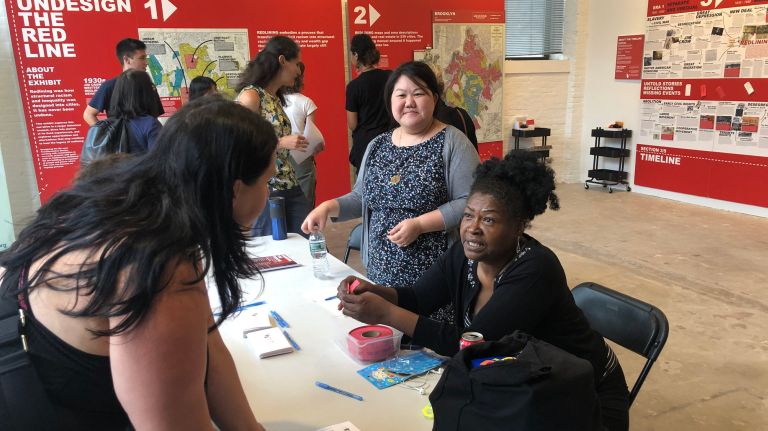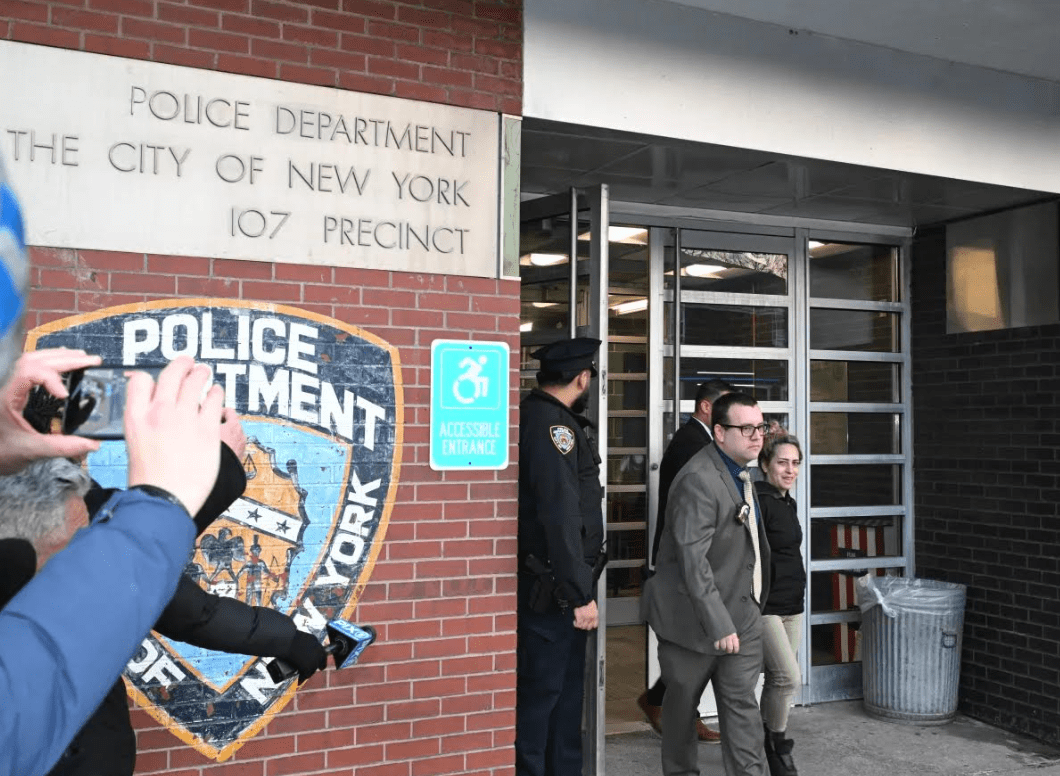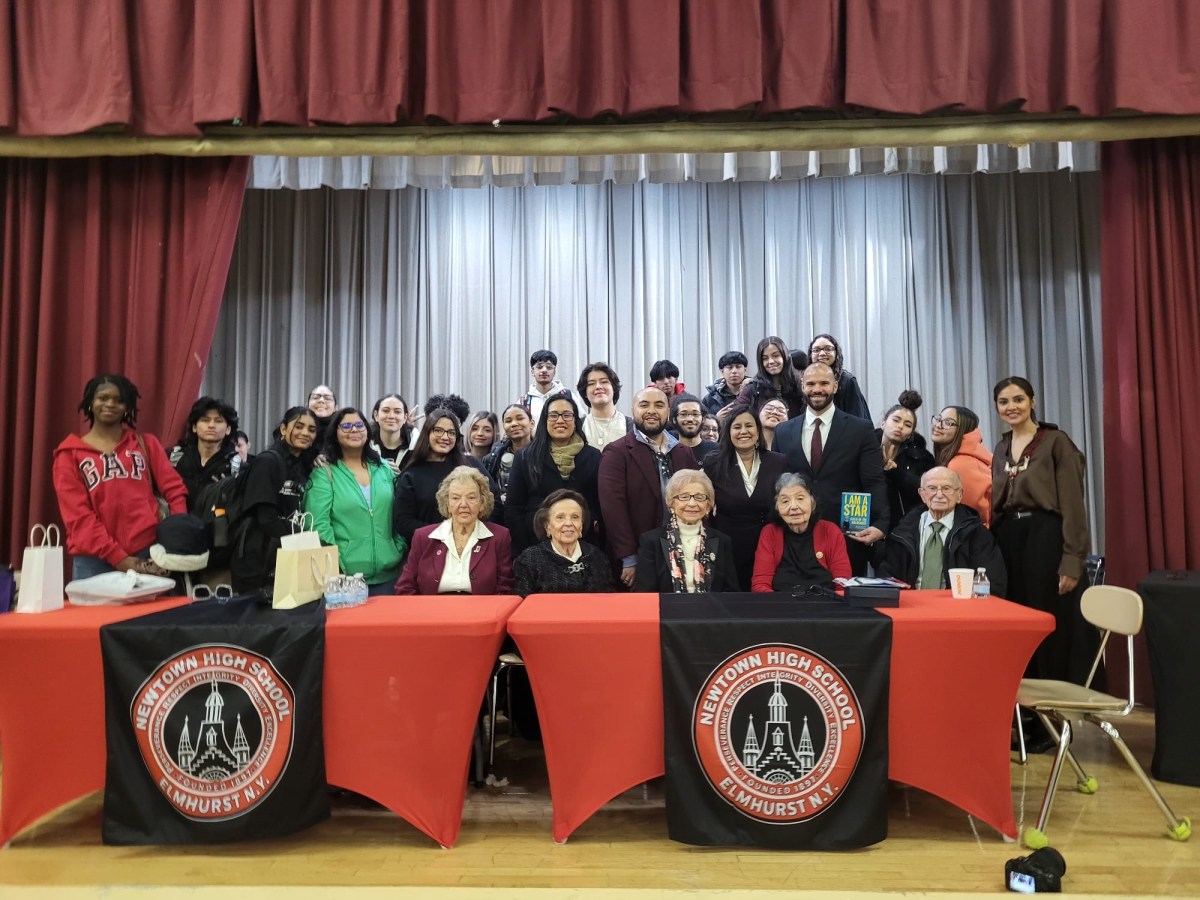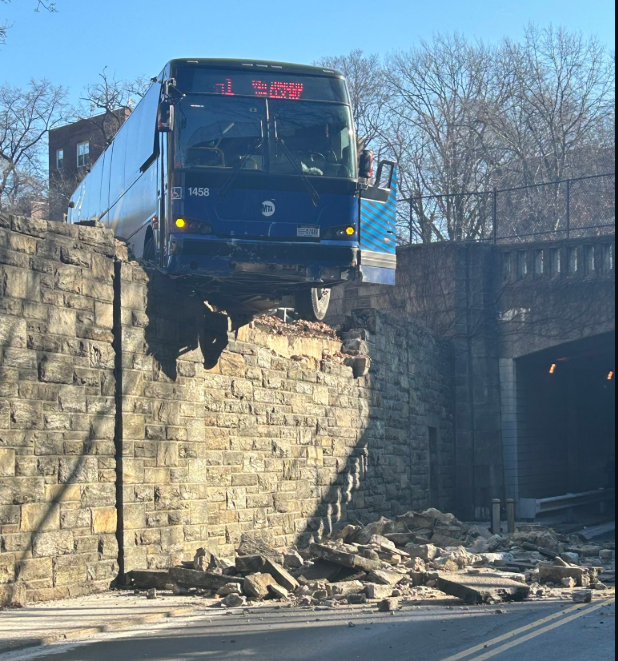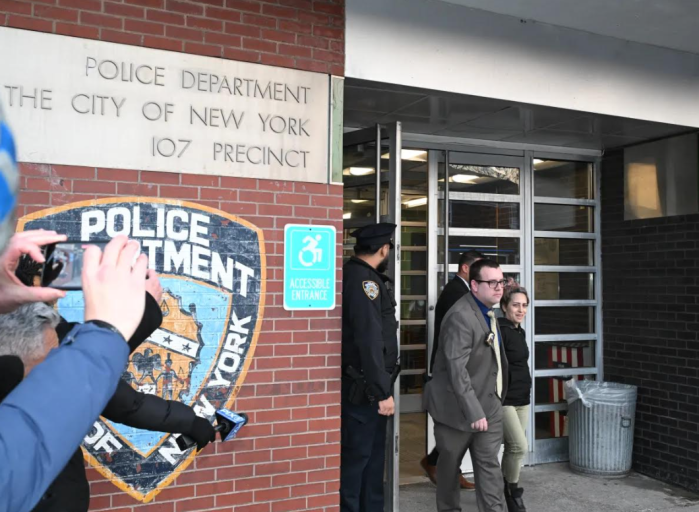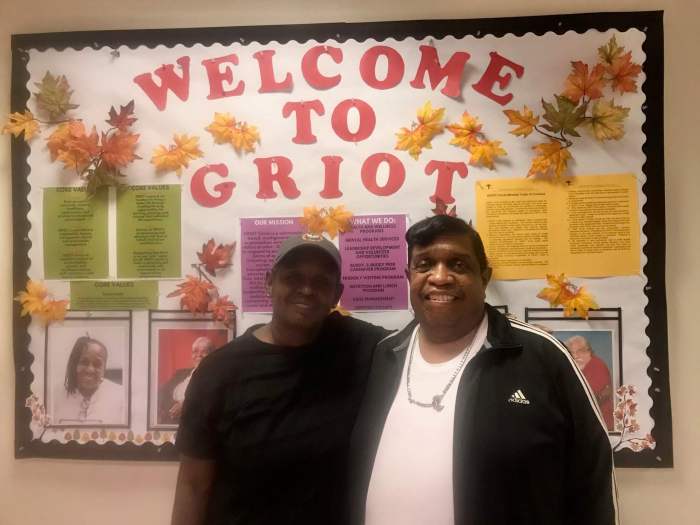
The creators of a new exhibit are hoping to erase the effects of systematic racism one community at a time.
With "Undesign the Redline," city-based design studio Designing the WE and nonprofit Enterprise Community Partners hope to educate people about the effects of redlining and other racially motivated policies that created inequality and "destroyed" opportunities for communities of color. The exhibit, which has been shown in cities around the country, is popping up in Thomas Greene Park in Gowanus starting Oct. 2.
Redlining refers to the practice of outlining neighborhoods deemed "too risky" for mortgage lending with red lines on "residential security maps" for cities across the country. Begun in the 1930s, when the Federal Housing Administration asked the Home Owners’ Loan Corporation to draft the maps, redlined neighborhoods were typically communities of color that suffered lasting impacts from the distinction.

Redlining a neighborhood essentially created a path of disinvestment, according to Designing the WE co-founder Braden Crooks. That meant crumbling infrastructure, concentrated poverty and a racial wealth gap, among other effects, even after redlining was banned and the maps were declassified decades later.
"The trauma of the redline — not being able to get financing for homeownership — and all of the different things that come with it is part of the American experience for descendants of slaves," said Karen Blondel, a community organizer and advocate for residents of public housing. "I lived the trauma and to this day I’ve never seen it on a timeline. Seeing it on a timeline actually creates an abundance of different emotions."
In the exhibit, New York City maps with redlined neighborhoods are shown with instruction manuals telling surveyors to indicate "hazardous infiltration of Negroes or foreign-born populations" in the South Bronx, Brooklyn between Bed-Stuy and Bushwick, and the lower Manhattan neighborhood that is now TriBeCa.
"The maps themselves have only in the past few years been digitized so we’ve only started to understand how impactful they were and just how explicit they were," Crooks told amNewYork on Monday. "The documents and federal government guidelines are jarring and are a shocking piece in the exhibit. [People of color’s] presence in the neighborhood became synonymous with poverty. The geography was totally invented through an explicitly racist system."
The exhibit lays out the maps and manuals but also tells the stories of those personally affected by them. By showing the personal fallout from redlining and other policies such as urban renewal, gentrification, mass incarceration and broken windows policing, Designing the WE hopes to educate decision-makers so that systematic racism can end, Crooks said.
The Fifth Avenue Committee, a nonprofit that works to secure affordable housing and economic stability for low- and middle-income residents of South Brooklyn, asked Crooks and his co-founder April De Simone to bring the exhibit to Gowanus and they did — the pop-up exhibit has been at the Gowanus Houses on Hoyt Street and for its possible "last leg" it’s coming to Thomas Greene Park.
"Gowanus is facing an 80-block rezoning plan and we wanted to talk about the history of Gowanus and about what the long-term residents of Gowanus remember and what they want for their future, and so the exhibit is a great place to start," Blondel said.

The major rezoning proposal, which is still under scrutiny by local community groups, would permit more mixed-use buildings along Fourth Avenue — including affordable units and ground-floor art spaces — and create a waterfront green space along the canal, among other changes.
With that in mind, Blondel and other community advocates such as the Fifth Avenue Committee hope the exhibit can foster a sense of neighborhood history and togetherness. Taking it to the park, after stints at the Old American Can Factory and the Gowanus Houses, will bring another kind of foot traffic, she said.
"When a young black group came in to see the exhibit, as they read, I could see them starting to hyperventilate and I said ‘I know it’s emotional but it is not up to us to feel emotions, it’s up to us to come up with solutions,’ " she said. "The exhibit to me is like medicine — it may not taste good going in, but it can cure you."



